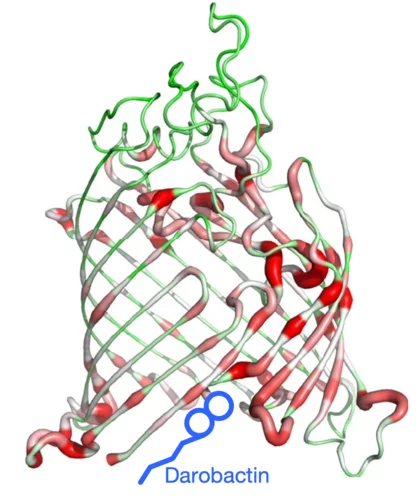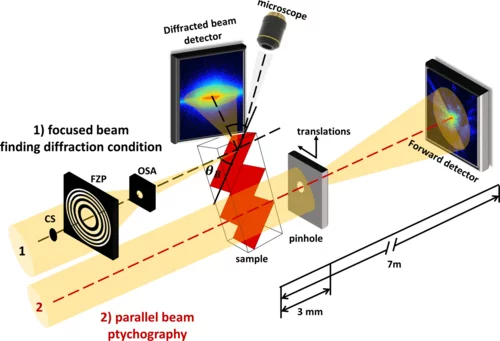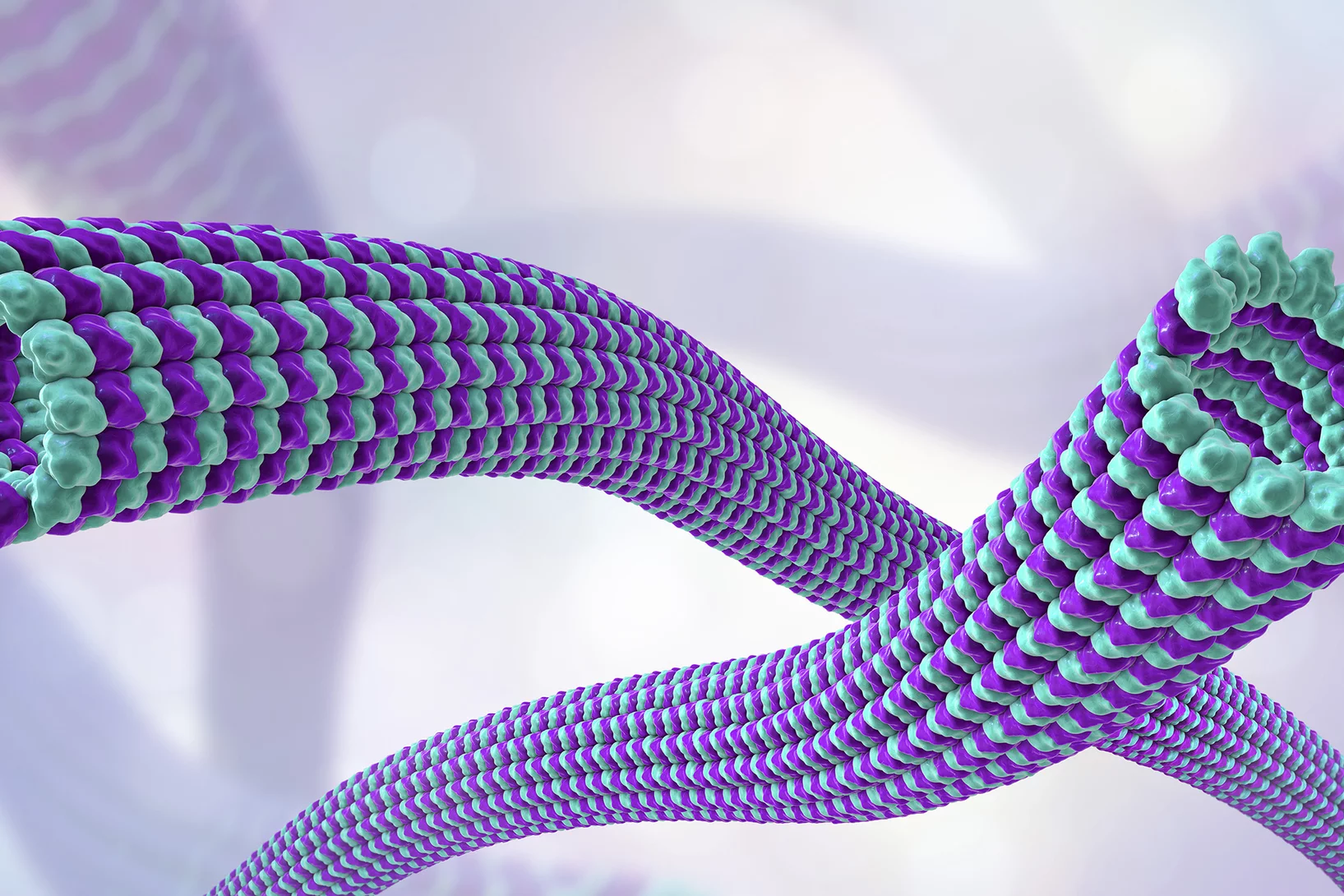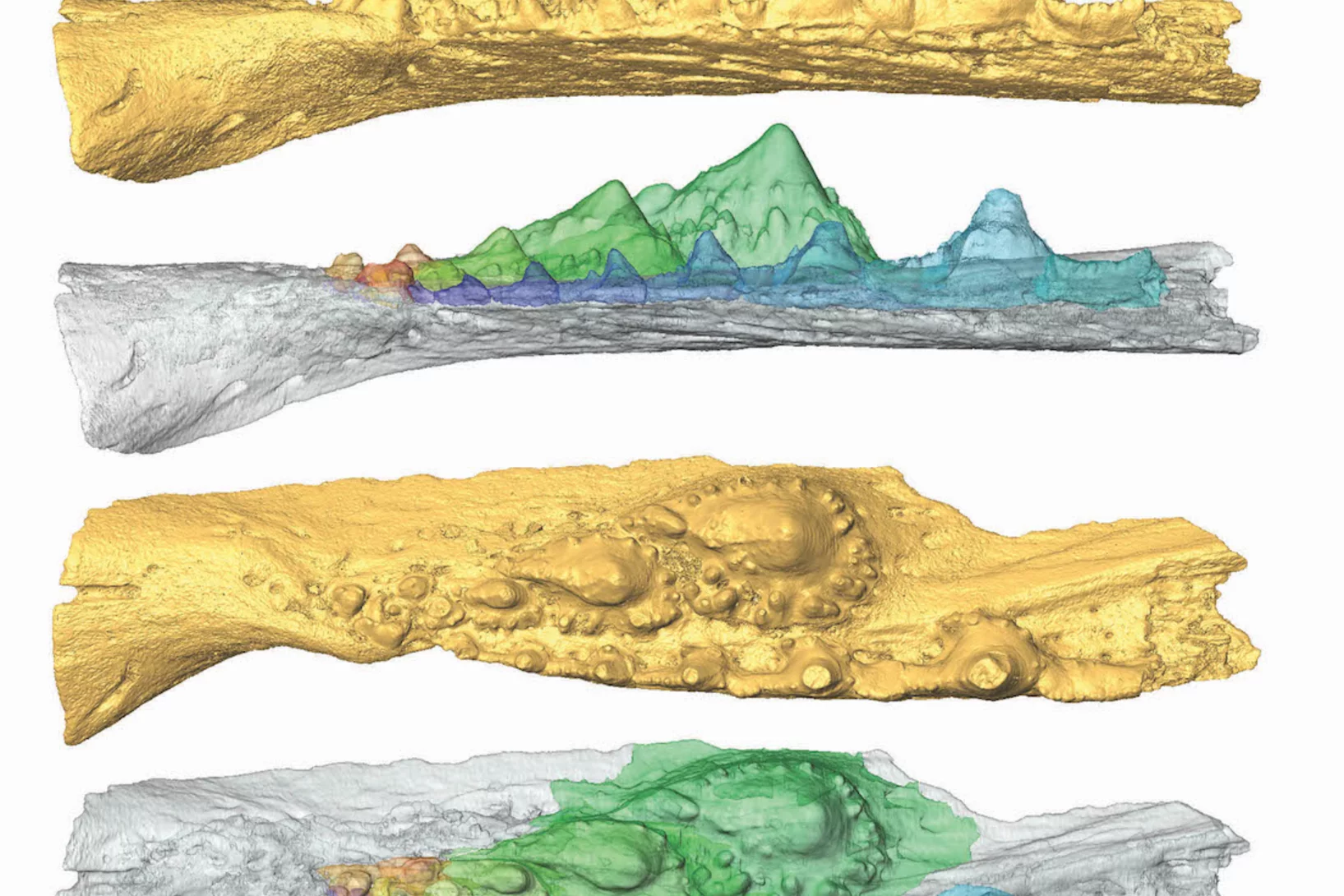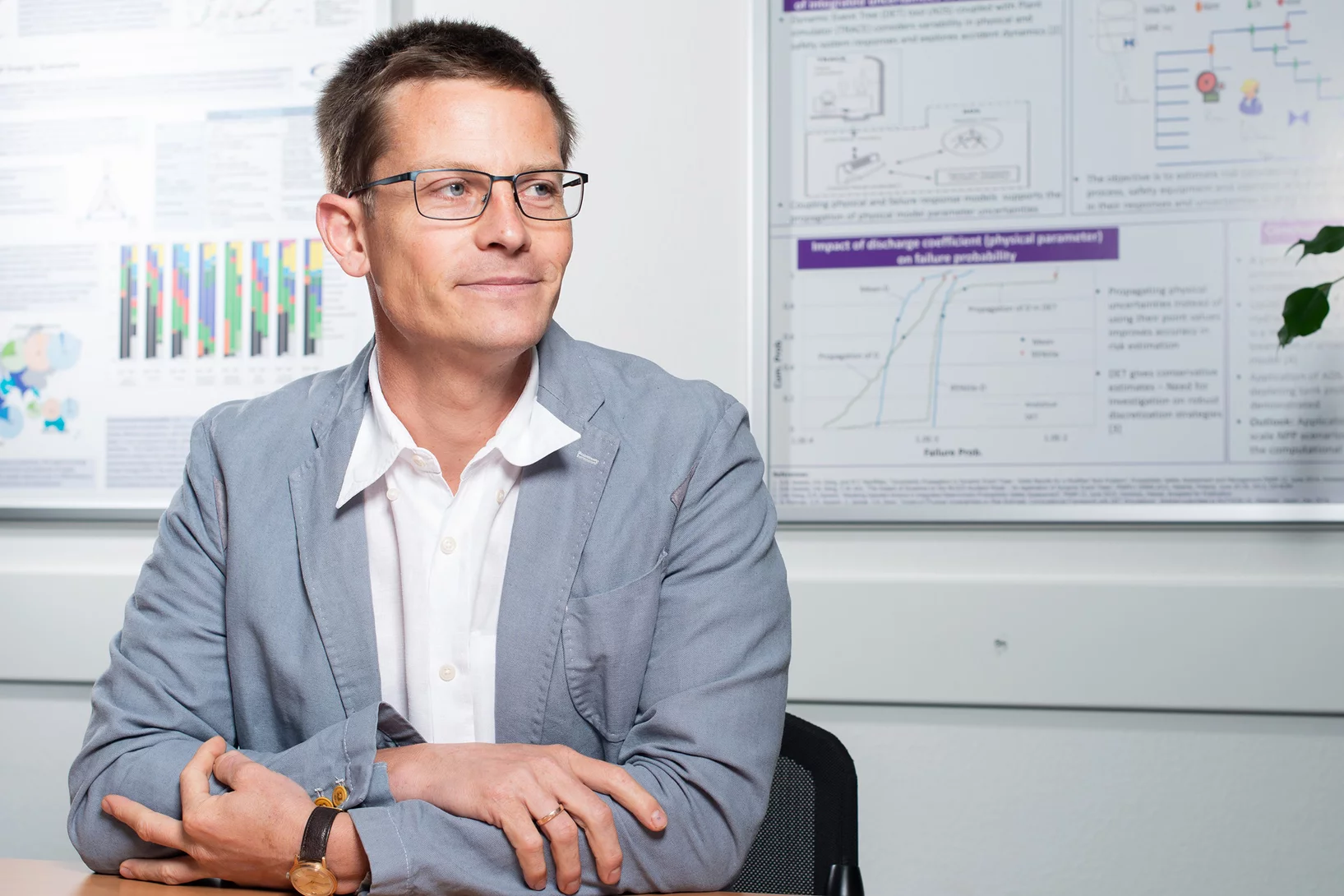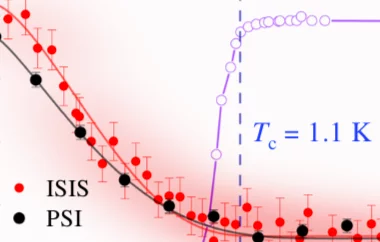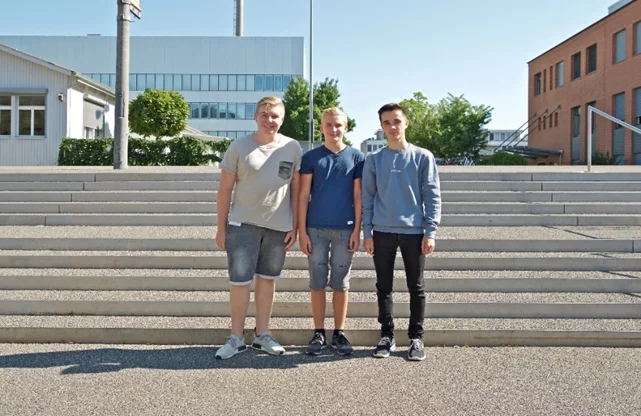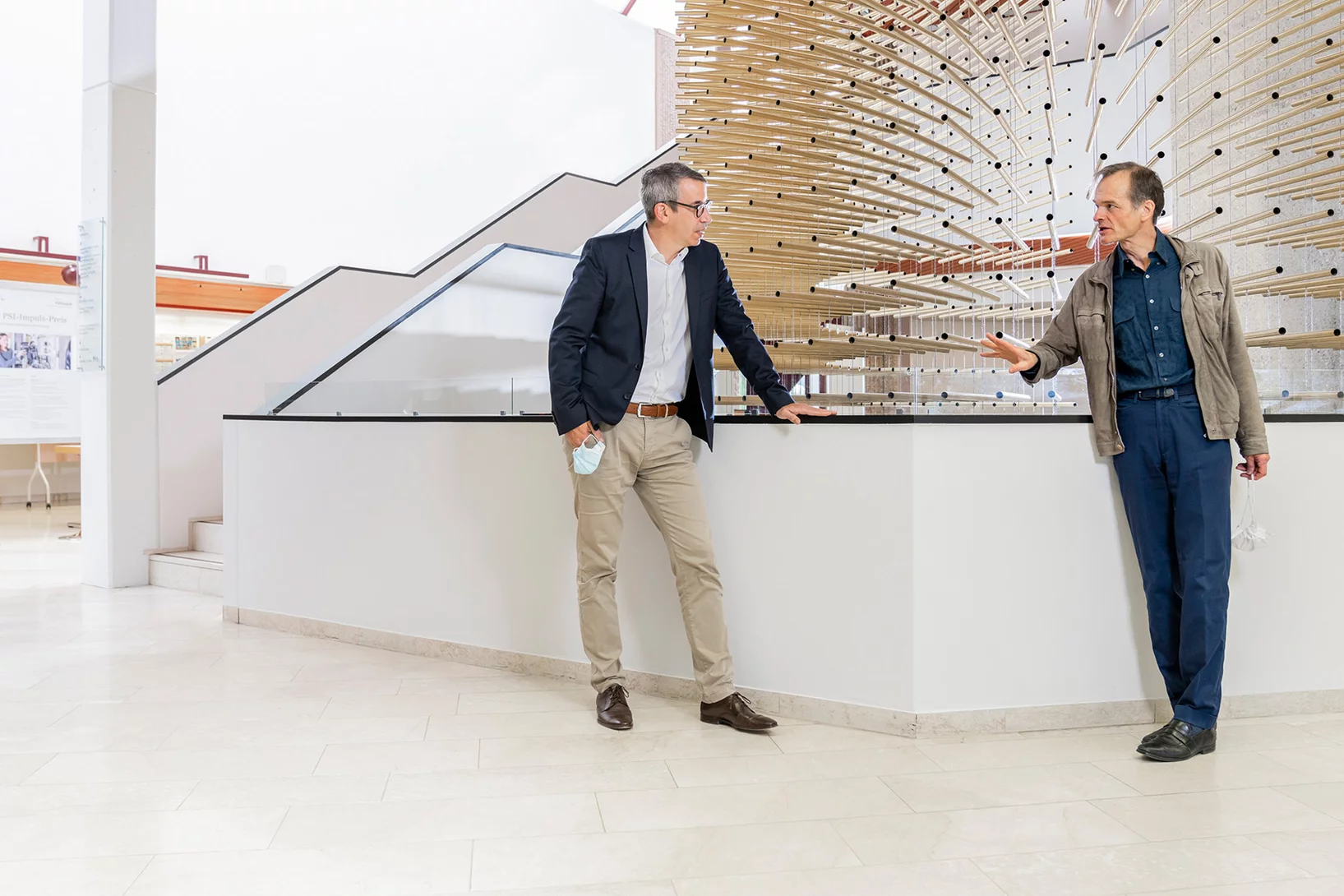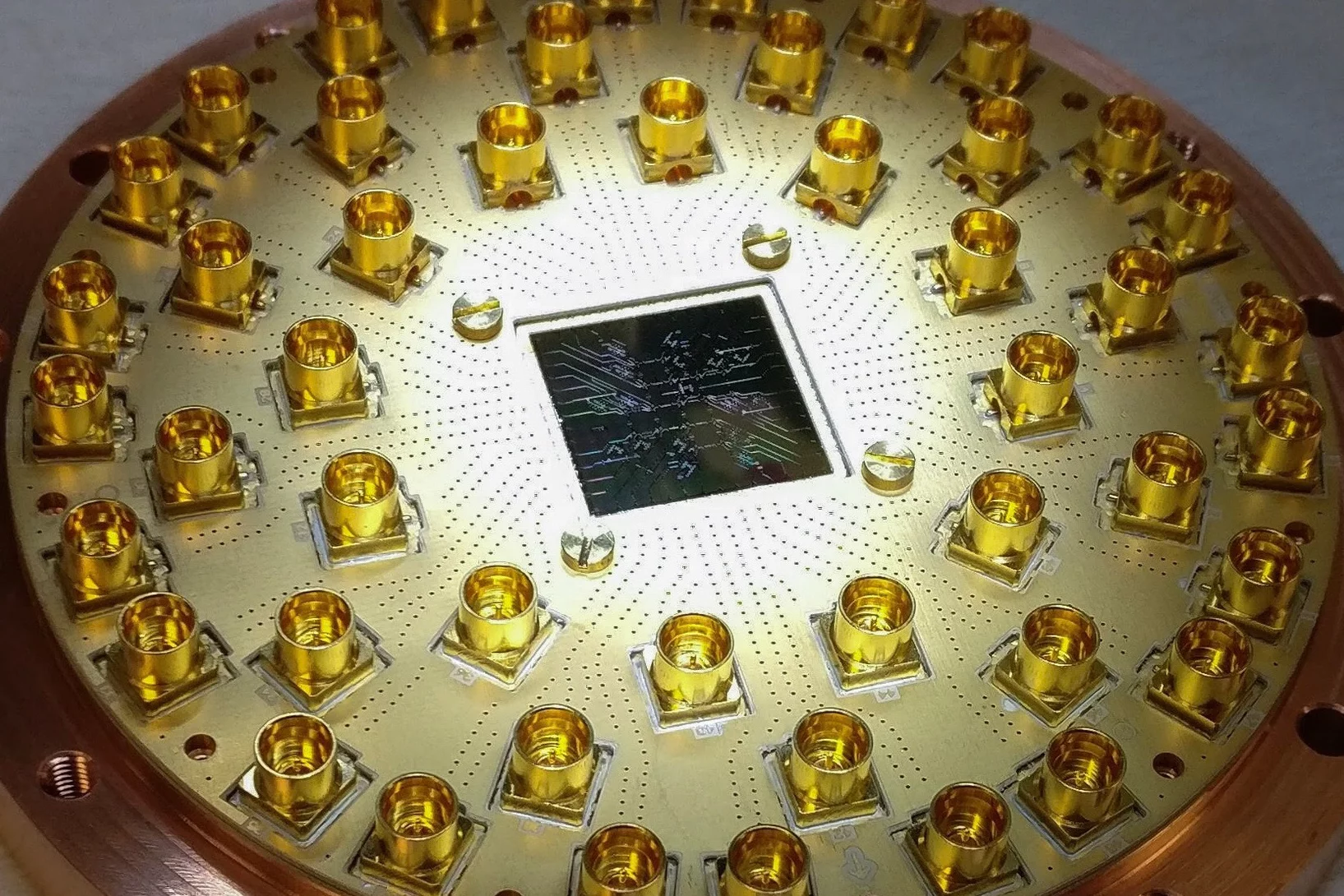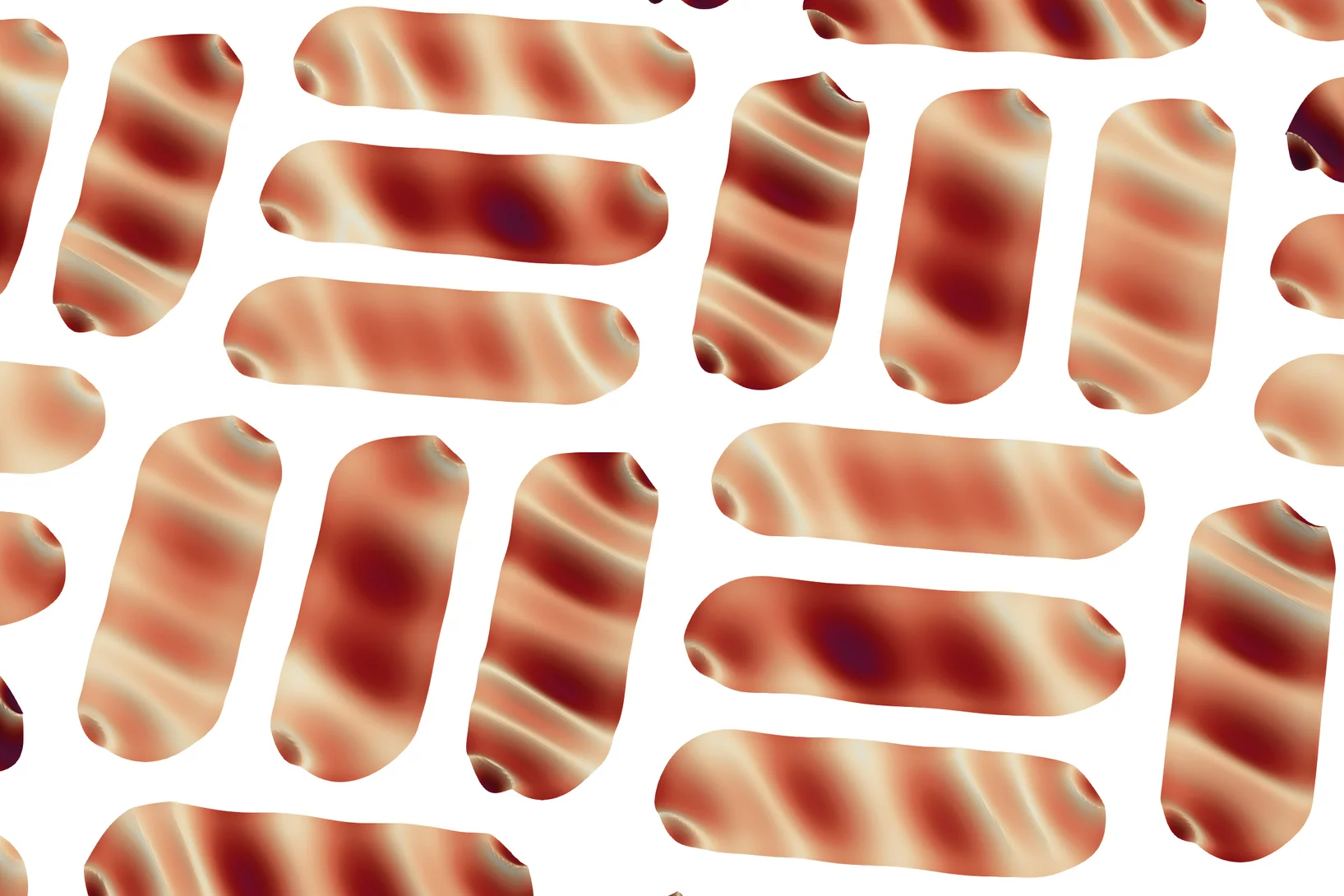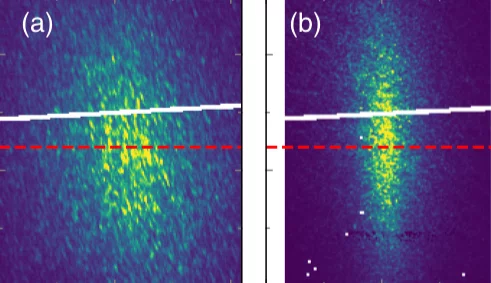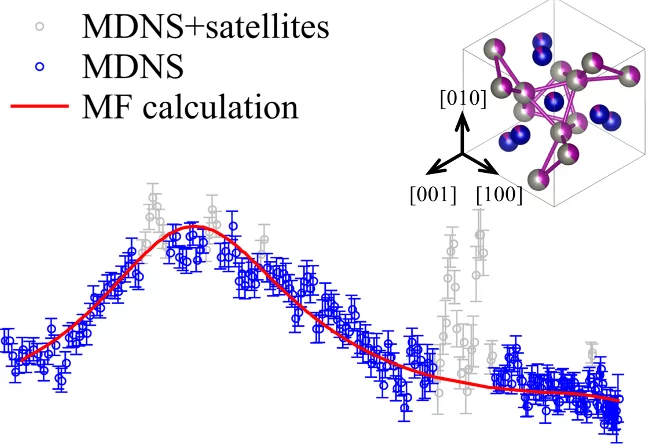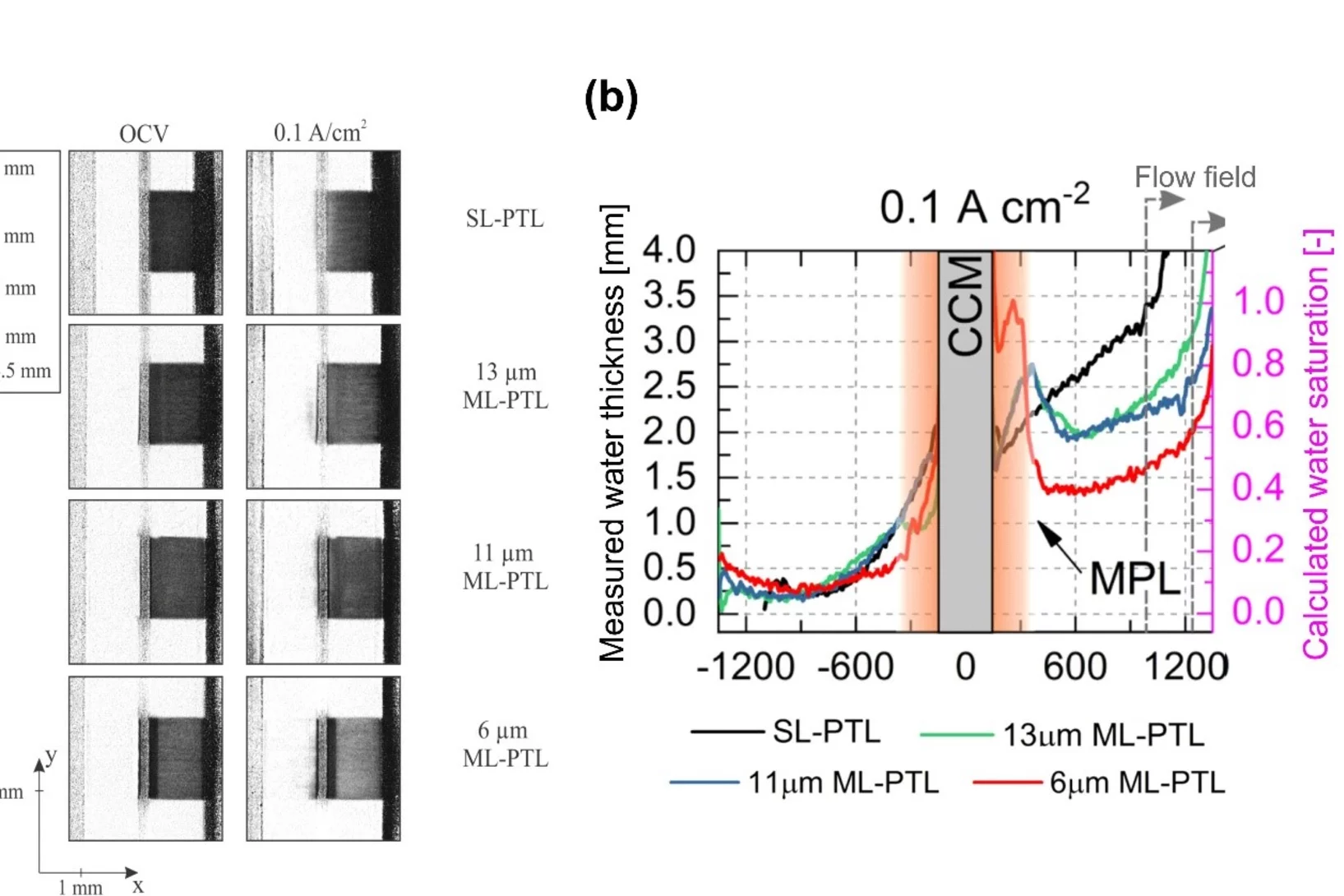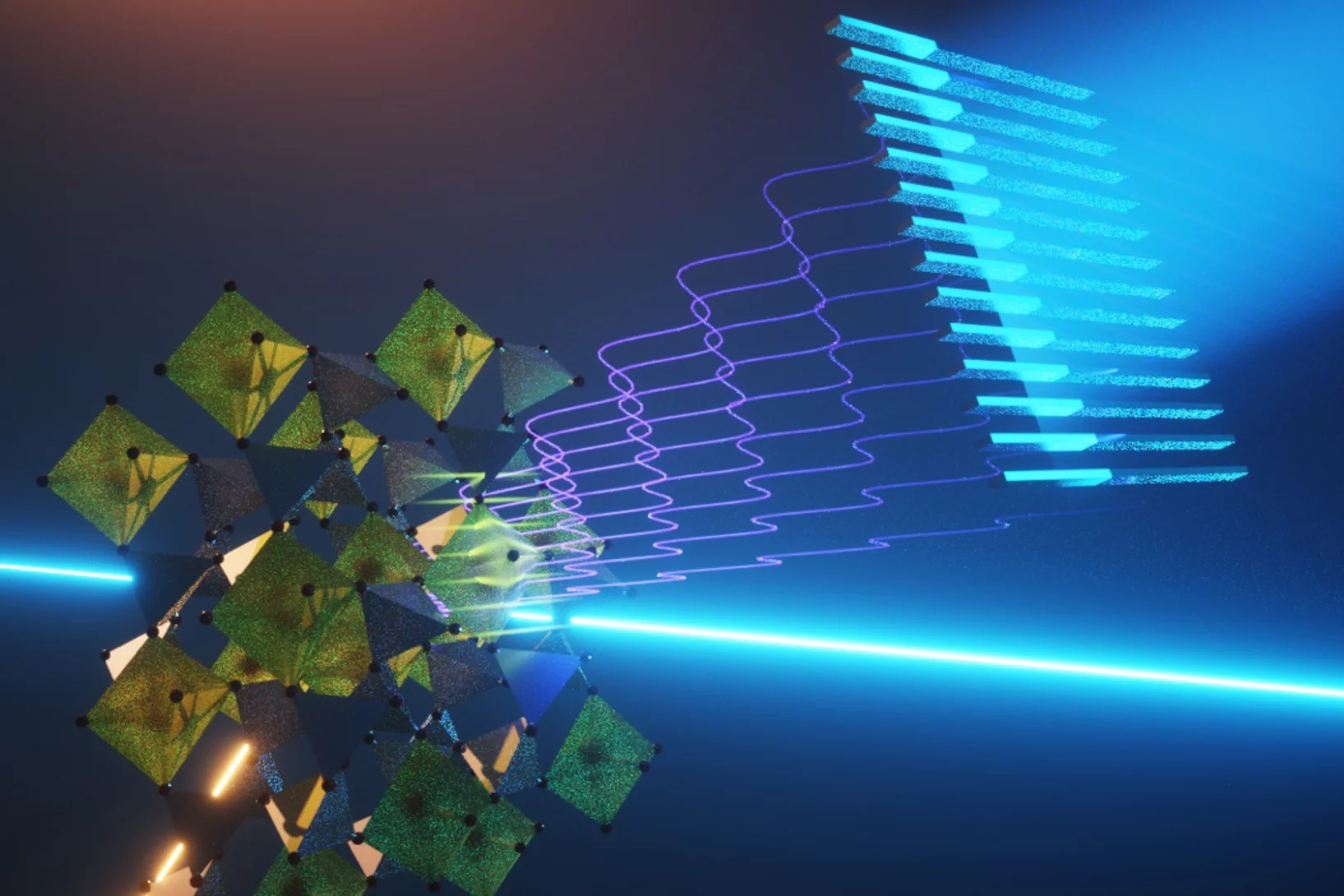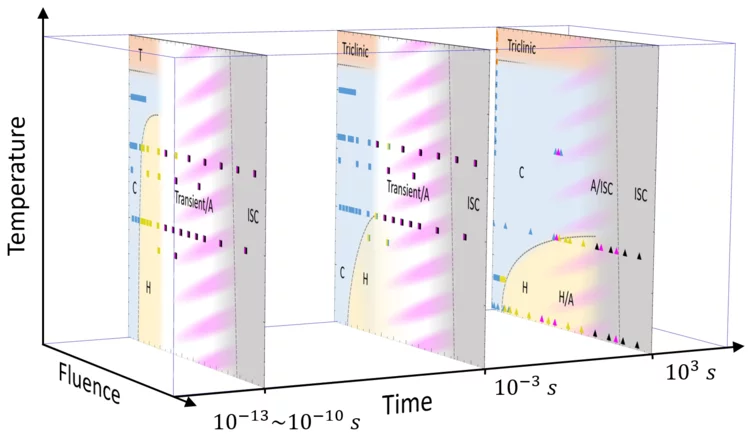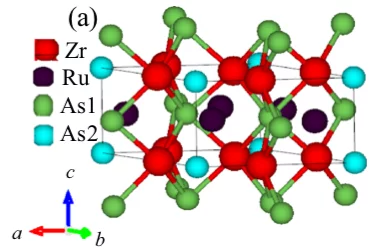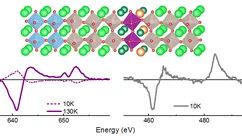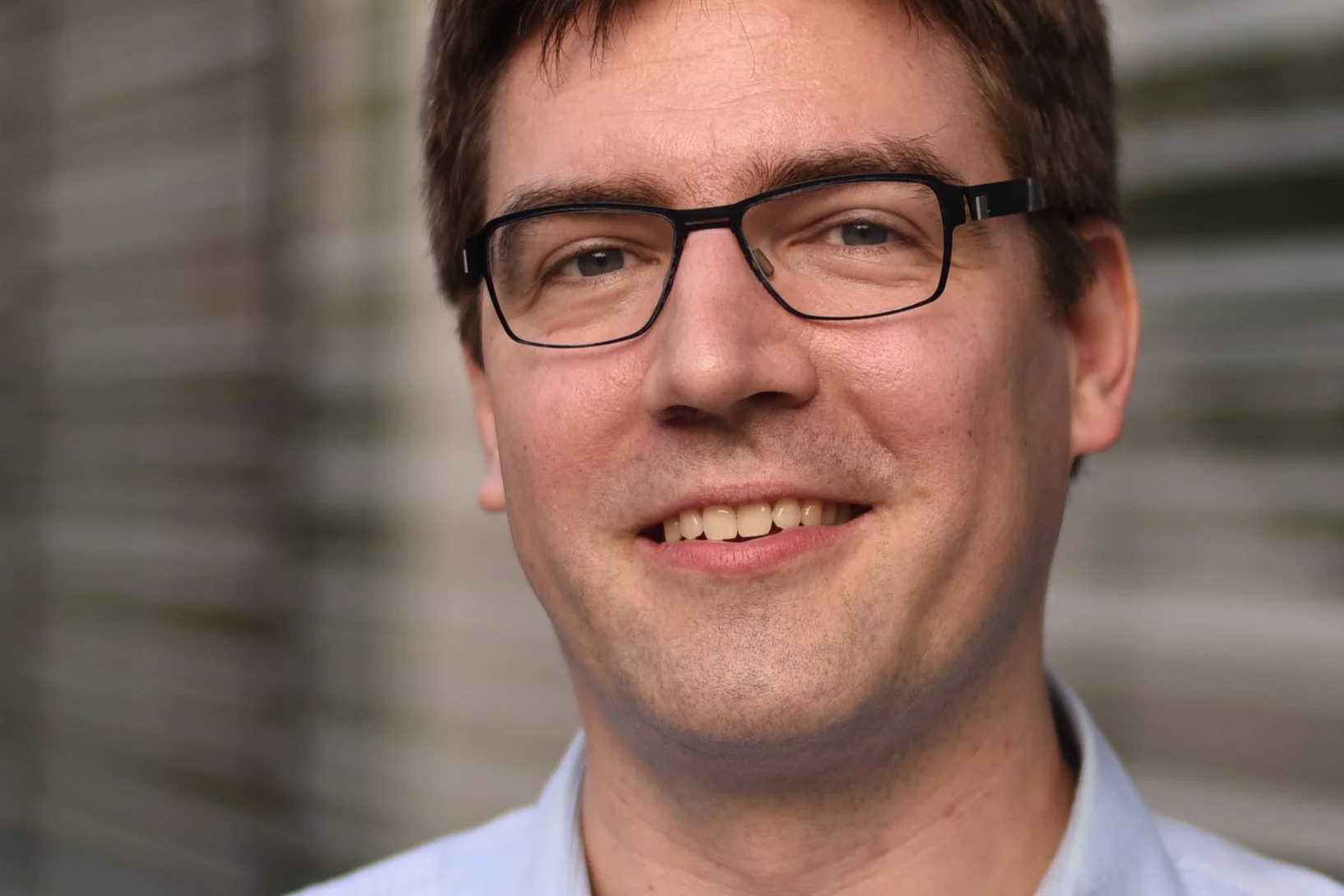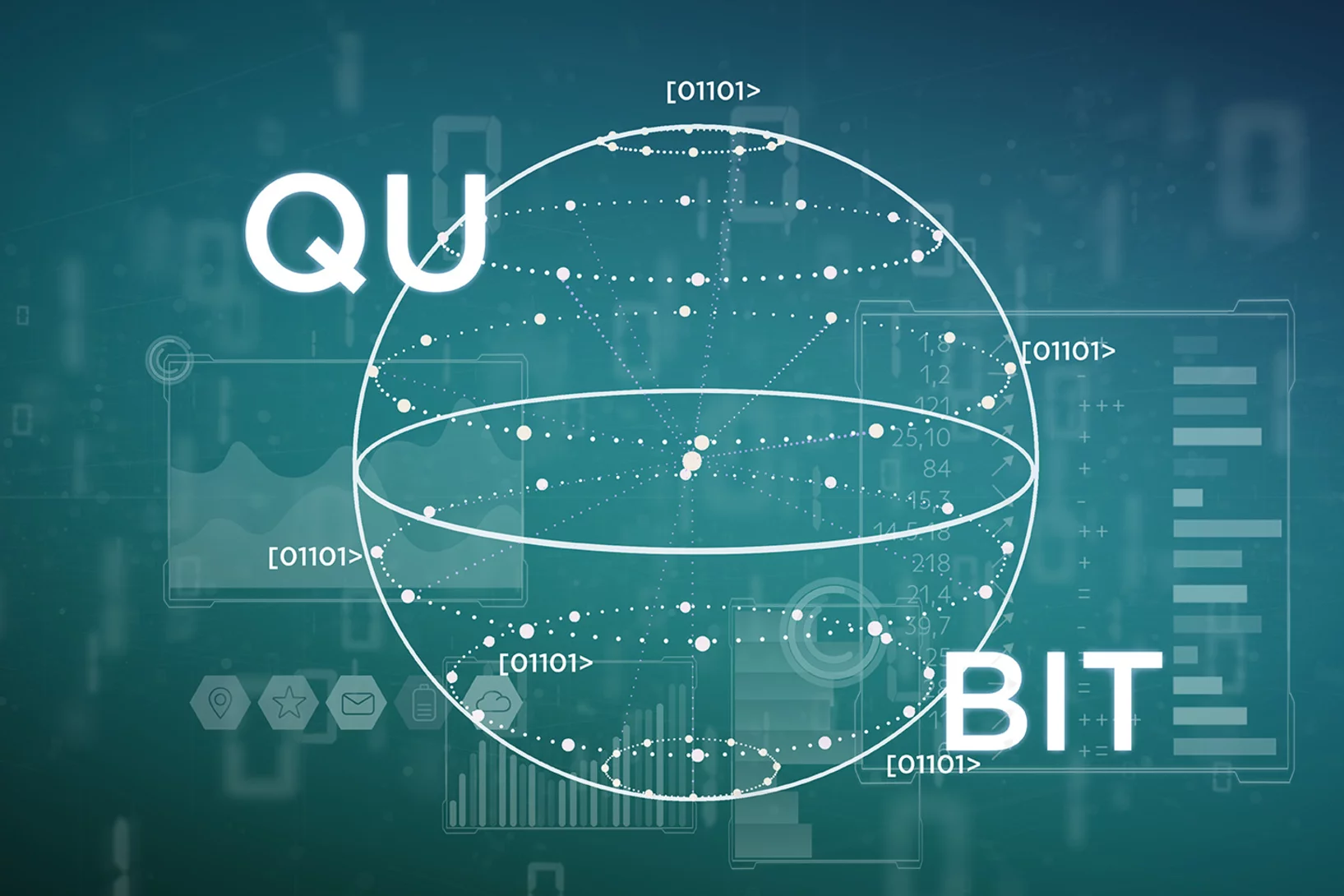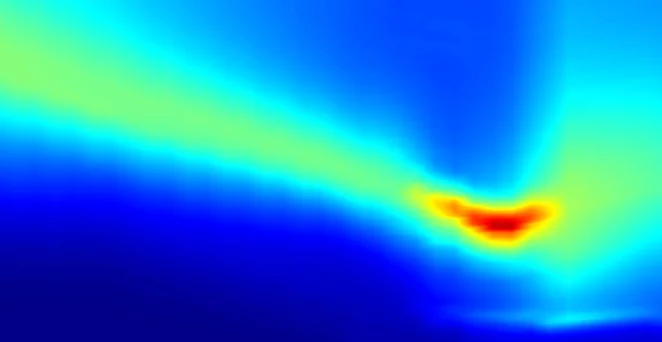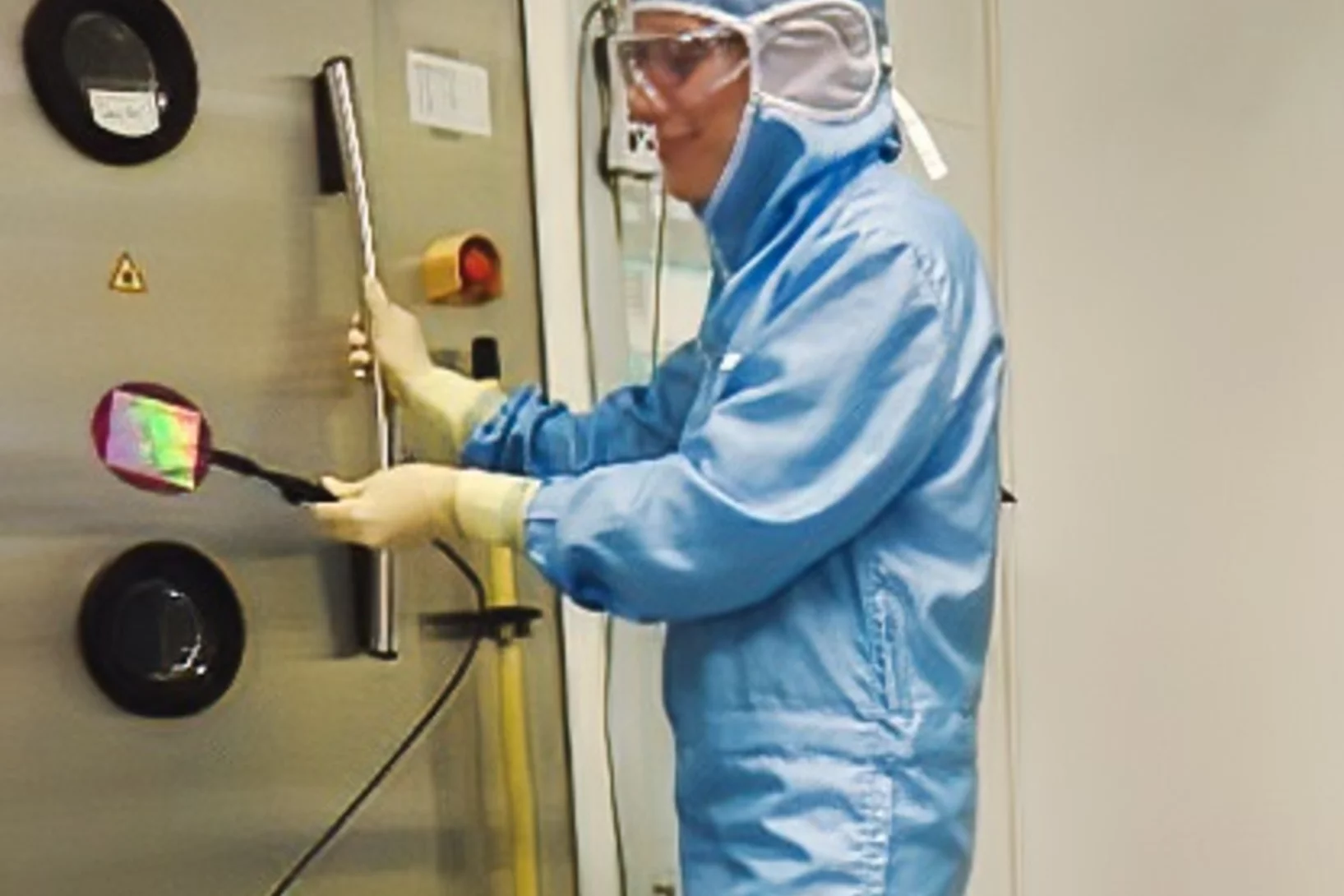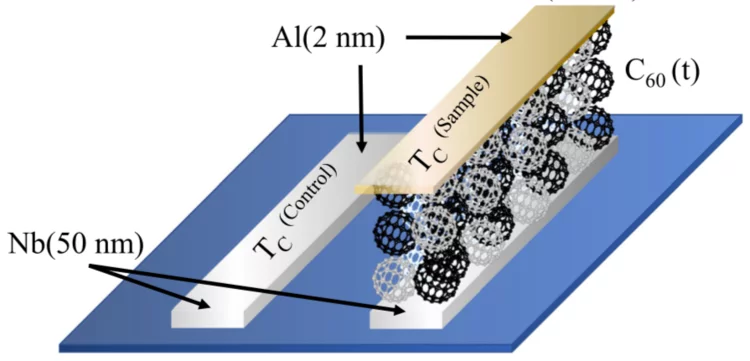Abandon de l’énergie nucléaire, développement de l’énergie solaire et éolienne, production d’énergie à partir de la biomasse, réduction de la consommation d’énergie. D’ici 2050, la Suisse doit atteindre la neutralité climatique. Un objectif ambitieux, rendu plus urgent que jamais par une situation géopolitique de plus en plus difficile. Comment faire pour mettre en place ces prochaines années un approvisionnement énergétique durable et résistant pour la Suisse? Comment les énergies renouvelables peuvent-elles être utilisées de manière optimale? Quelles sont les nouvelles technologies les plus prometteuses? Au PSI, des chercheurs s’efforcent de trouver des réponses à ces questions décisives.
Christian Bauer interviewed on Electric Cars at the program Einstein by SRF
Christian Bauer, a scientist at PSI's Laboratory for Energy Systems Analysis who specialises in life cycle and sustainability analyses, interviewed at the program Einstein by SRF on Electric Cars
Combating antimicrobial resistance
In a study addressing the global health threat of drug resistance, researchers at the Biozentrum, University of Basel, have revealed how a new antibiotic, Darobactin, binds to the external membrane of gram-negative bacteria.
X-ray ptychographic topography: A robust nondestructive tool for strain imaging
We present x-ray ptychographic topography, a method for strain imaging, and demonstrate its use on an InSb micropillar after microcompression, where the strained region is visualized with a spatial resolution of 30 nm.
Le cytosquelette, cible de nouveaux médicaments
En combinant simulations informatiques et expériences de laboratoire, des chercheurs du PSI ont identifié pour des médicaments de nouveaux domaines de liaison potentiels sur la tubuline, une protéine vitale.
Deep evolutionary origins of the human smile
Detailed characterization of the tooth and jaw structure and development among shark ancestors by synchrotron based X-ray tomographic microscopy at TOMCAT led an international team of researchers from the Naturalis Biodiversity Center in Leiden and the University of Bristol to the discovery that while teeth evolved once, complex dentitions have been gained and lost many times in evolutionary history.
Coordination-Driven Monolayer-to-Bilayer Transition in Two-Dimensional Metal–Organic Networks
Scientists at LMN and the University of Basel have discovered a nucleation and growth mechanism of metal-organic coordination networks in Langmuir Blodgett films floating on water.
New record photon pulse energies at SwissFEL
The very large number of coherent photons produced by free-electron lasers is one of the key qualities of such facilities, attracting users from numerous research fields including chemistry, biology and materials science. Recently, the two branches of PSI's free-electron laser SwissFEL each have reached new record pulse energies, packing more photons than ever before into ultrashort X-ray pulses delivered at rates of 100 Hz to the users of both beamlines.
Rendre l’approvisionnement énergétique en Suisse plus résilient
Le projet de recherche SURE démarre.
Chiral singlet superconductivity in the weakly correlated metal LaPt3P
Chiral superconductors are novel topological materials with finite angular momentum Cooper pairs circulating around a unique chiral axis, thereby spontaneously breaking time-reversal symmetry. They are rather scarce and usually feature triplet pairing: a canonical example is the chiral p-wave state realized in the A-phase of superfluid He3. Chiral triplet super- conductors are, however, topologically fragile with the corresponding gapless boundary modes only weakly protected against symmetry-preserving perturbations in contrast to their singlet counterparts. Using muon spin relaxation measurements ...
Die Informatiklernenden haben trotz aller Corona-Widrigkeiten ihre IPA erfolgreich abgeschlossen
Für die Lernenden am PSI waren die vergangenen Monate nicht leicht. Sie mussten während der Pandemie im Geschäft und auch in der Berufsschule weiterhin ihre Leistungen erbringen und auf einen erfolgreichen Lehrabschluss hinarbeiten. Die drei Informatik-Lernenden im vierten Lehrjahr haben diese Herausforderung bereits gemeistert und konnten in diesem Jahr Ihre Individuelle Pratktische Arbeit durchführen und abschliessen.
«L’objectif est un calculateur quantique expérimental dans le canton d’Argovie»
L’ETH Zurich et l’Institut Paul Scherrer PSI ouvrent conjointement le Quantum Computing Hub. Gabriel Aeppli et Christian Rüegg évoquent ce nouveau centre de recherche.
L’ETH Zurich et le PSI créent un «quantum computing hub»
L’ETH Zurich et l’Institut Paul Scherrer PSI ouvrent un centre commun pour le développement des ordinateurs quantiques. L’objectif est de promouvoir la réalisation d’ordinateurs quantiques aussi bien sur la base de pièges à ions que de composants supraconducteurs.
Spin-wave dynamics in a chiral artificial spin system
Artificial spin ices are periodic arrangements of interacting nanomagnets which allow investigating emergent phenomena in the presence of geometric frustration. Recently, it has been shown that artificial spin ices can be used as building blocks for creating functional materials, such as magnonic crystals. Scientists have now investigated the GHz dynamics in a spin ice with a chiral geometry. They found that the system possesses a rich spin-wave spectrum owing to the presence of anisotropic magnetostatic interactions. These results contribute to the understanding of GHz magnetization dynamics in spin ices and are relevant for the realization of reconfigurable magnonic crystals based on spin ices.
Pénurie de travailleurs qualifiés : nouvelles perspectives pour les jeunes chercheurs dans l'industrie
Les employeurs parlent d'une pénurie de travailleurs qualifiés, tandis que les jeunes chercheurs ne savent souvent pas trop où chercher leur prochain défi professionnel. Le renforcement du pont entre le monde universitaire et l'industrie au sein du PSI peut contribuer à ouvrir de nouvelles perspectives pour les deux parties.
Charge Condensation and Lattice Coupling Drives Stripe Formation in Nickelates
Revealing the predominant driving force behind symmetry breaking in correlated materials is sometimes a formidable task due to the intertwined nature of different degrees of freedom. This is the case for La2−xSrxNiO4+δ, in which coupled incommensurate charge and spin stripes form at low temperatures. Here, we use resonant x-ray photon correlation spectroscopy to study the temporal stability and domain memory of the charge and spin stripes in La2−xSrxNiO4+δ.
Un nouveau site pour les sciences des données
Un nouveau site du Swiss Data Science Center va voir le jour au PSI. Cette expansion devrait donner un nouvel élan à la science des données en Suisse.
New SSC Access rules
Due to the Corona pandemic starting 1. May 2021, new access rules to the SSC user facilites will apply. More details can be found at https://www.psi.ch/de/lmx-ssc/access-rules.
COVID-19: Test obligation for external PSI users
From May 1, 2021 on all external users of the PSI facilities SLS, SwissFEL, SINQ, SμS and CHRISP must present a certificate of a negative PCR test for SARS-CoV-2 (with the date of the result being not older than 72 hrs when arriving at PSI, NO self-testing). A full COVID-19 vaccination with the last dose received at least two weeks earlier than your arrival date at PSI as well as a full recovery from COVID-19 do replace a negative PCR test.
Frustration-driven magnetic fluctuations as the origin of the low-temperature skyrmion phase in Co7Zn7Mn6
Magnetic skyrmions in chiral cubic helimagnets, are stabilized by thermal fluctuations over a narrow region directly below the magnetic ordering temperature. Due to often being touted for use in applications, there is high demand to identify new mechanism that can expand the equilibrium skyrmion phases where these topological vortices may display an enhanced robustness against external perturbations, such as magnetic fields, due to a larger magnetic order parameter.
Impact of micro-porous layers (MPL) on two-phase flow in electrolyzers
Polymer Electrolyte Water Electrolyzers (PEWE), due to their excellent dynamic characteristics, can provide an economical solution to the intermittent nature of new renewable sources, by converting the excess electricity into hydrogen. However, improvements in efficiency and in capital cost are still required for the large-scale deployment of this solution. In this context, we studied whether the efficiency improvements observed when using porous structures featuring a micro-porous layer (MPL) can be attributed to a better distribution of the water.
Une vision par rayons X d’une netteté unique
Un nouveau procédé du PSI permet une étude de physique quantique des matériaux au moyen de lasers à rayons X.
Christian Bauer interviewed on Electric Cars at the program Treffpunkt by SRF
SRF interviewed Christian Bauer, a scientist at PSI's Laboratory for Energy Systems Analysis who specialises in life cycle and sustainability analyses, on Electric Cars
A time-domain phase diagram of metastable quantum states
Our collaborators at the Jozef Stefan Institute – the leading author, Jan Ravnik, is now a PSI Fellow at LMN – report a ‘dynamical’ phase diagram of metastable quantum states generated via photoexcitation of the prototypical dichalcogenide material 1T-TaS2.
Probing the superconducting gap structure in the noncentrosymmetric topological superconductor ZrRuAs
The superconducting gap structure of the topological superconductor candidate ZrRuAs with a noncen- trosymmetric crystal structure has been investigated using muon-spin rotation/relaxation (μSR) measurements in transverse-field (TF) and zero-field (ZF) geometries. Magnetization, electrical resistivity, and heat capacity measurements reveal bulk superconductivity below a superconducting transition temperature Tc = 7.9(1) K.
Hindering the magnetic dead layer in manganites
The authors demonstrate the stability of ferromagnetic order of one unit cell thick optimally doped manganite (La0.7Ba0.3MnO3, LBMO) epitaxially grown between two layers of SrRuO3 (SRO). LBMO shows ferromagnetism even above SRO Tc. Density Functional Theory calculations help understand the reasons behind this interesting result.
New group member
Cornelius Hempel officially joins LMN as group leader "Ion Traps". We wish him every success for the future!
L’eau et les aimants quantiques partagent la physique du point critique
À haute pression, l'eau liquide et la vapeur d'eau fusionnent - la frontière de phase disparaît. Les chercheurs ont maintenant découvert un comportement similaire dans un aimant quantique.
A quantum magnetic analogue to the critical point of water
At the liquid–gas phase transition in water, the density has a discontinuity at atmospheric pressure; however, the line of these first-order transitions defined by increasing the applied pressure terminates at the critical point, a concept ubiquitous in statistical thermodynamics. In correlated quantum materials, it was predicted and then confirmed experimentally that a critical point terminates the line of Mott metal–insulator transitions, which are also first-order with a discontinuous charge carrier density. In quantum spin systems, continuous quantum phase transitions have been controlled by pressure, applied magnetic field and disorder, but discontinuous quantum phase transitions have received less attention.
Women in Engineering Materials highlights Dr. Lucia Romano's work
The paper "High aspect ratio grating microfabrication by Pt assisted chemical etching and Au electroplating” by Dr. Lucia Romano & coauthors has been highlighted in the "Women in Engineering Materials" Virtual Issue published on Advanced Engineering Materials. This Virtual Issue draws attention to outstanding works within Materials Science created under the lead of women as principal investigators.
Congratulations to Lucia and the x-ray optics design and fabrication team!
Spin-singlet to triplet Cooper pair converter interface
Combining magnetic and superconducting functionalities enables lower energy spin transfer and magnetic switching in quantum computing and information storage, owing to the dissipationless nature of quasi-particle mediated supercurrents. Here, we put forward a system where emergent spin-ordering and diffusion of Cooper pairs are achieved at a non-intrinsically magnetic nor superconducting metallo-molecular interface.


